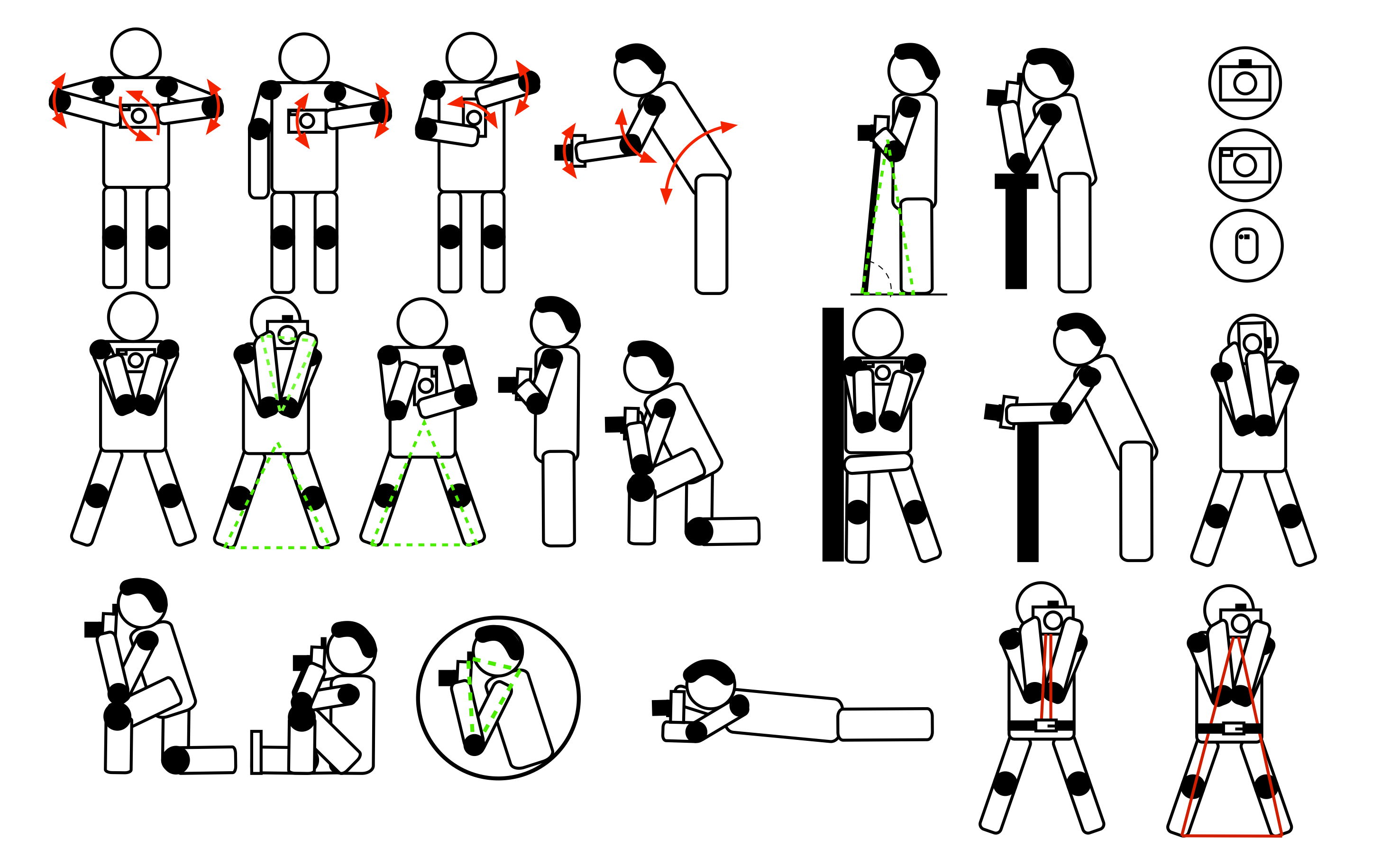Camera sensor size can help you predict image quality before a camera even comes out of the box.
A camera’s sensor is the part of the camera that actually captures the image. It plays a big role in what the resulting image looks like.
But what does camera sensor size mean? And why does it matter? This beginner’s guide will answer those questions and more, so continue reading.
The camera sensor is like a single exposure of film, except it can be used over and over again. Just like photography film comes in different sizes, digital cameras have different sensor sizes.
In a digital camera, the sensor is like a solar panel that gathers the light to create an image. A larger camera sensor will gather more light, creating a better image overall.
Camera sensor sizes are standardized. This makes it easy to compare the size of the sensor in one camera to the size of the sensor in another.
But there is some variation. Canon’s APS-C is smaller than other manufacturers, for example. But the variations are small enough not to make a noticeable difference in the final image.
Excluding the expensive medium format digital camera, the standard camera sensor sizes are:
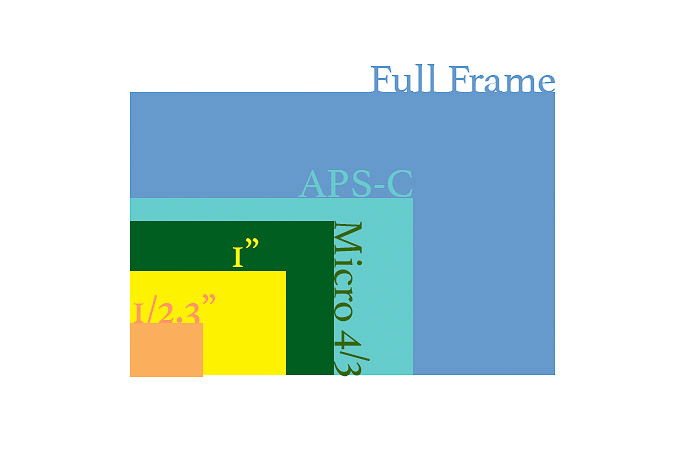
Any sensor smaller than a full frame sensor has what’s called a crop factor. Because the camera sensor is smaller, the image is cropped tighter.
Full frame sensors offer the most quality. But there are a few perks to picking up a camera with a smaller sensor.
So what are the pros and cons of choosing a large sensor over a small one?
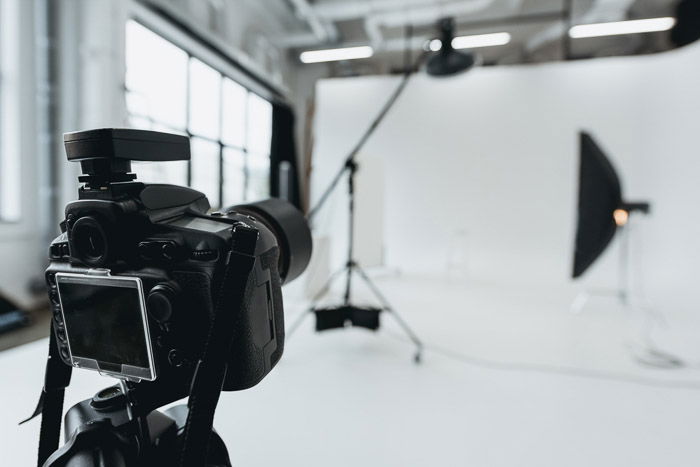
Camera sensor size is one of the biggest indicators of image quality. But it’s not the only one. Other influencing factors are the number of megapixels, the design of the camera sensor, and the camera’s processor.
Larger camera sensors capture images with more light, detail, and that beautiful background blur, to name a few. And it usually captures less noise in images.
One of the reasons larger camera sensors create better images has to do with light. The larger the sensor’s surface area, the more light it can gather in a single shot.
Larger camera sensors are excellent for low-light photography. A larger camera sensor gathers more light than smaller sensors with the same shutter speed and aperture.
That’s why they tend to do better at any type of shot where the lighting is limited. For example, photographing a night landscape or photographing a theater production, concert, or dark dance floor.

Camera sensor size and megapixel count go hand-in-hand. But a higher megapixel count is better on a larger camera sensor than on a smaller one.
A 50 MP full frame sensor will have larger pixels than a 50 MP APS-C sensor. The pixels have more room on that larger sensor.
That’s why it’s easier to find a 50 MP full frame sensor than it is to find a 50 MP APS-C sensor.
More megapixels create a higher-resolution image with more details. But trying to fit a lot of megapixels on a smaller sensor creates problems when it comes to low-light photography.
A small sensor with 25 megapixels will have more noise at high ISOs than a full frame sensor with 25 megapixels.

Ever wonder why you can’t get that nice soft background blur from your smartphone? Larger camera sensors make that nice soft background easier to attain. This is more difficult with a smaller sensor.
That’s why smartphone companies are faking background blur using artificial intelligence in portrait mode. The sensors are just too small for the real thing. If you want a shallow depth of field, you want a full frame camera and a lens with a wide aperture.
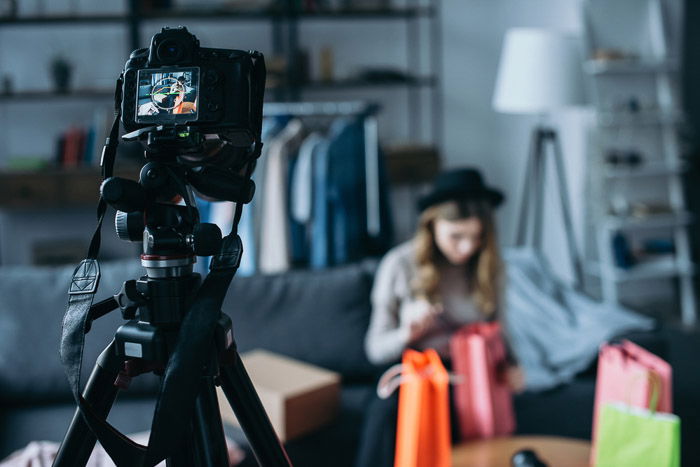
Full frame cameras may take the cake when it comes to image quality and background blur. But if you want to get up close, a smaller sensor has a few perks.
The camera sensor’s crop factor means smaller sensors make it easy to get up close to the subject. Zoom lenses are also smaller and cheaper when designed for smaller sensor cameras.
For example, the Micro Four Thirds sensor has a 2x crop factor. That means a 300mm lens acts like a 600mm lens.
That’s a big consideration for photographers that can’t move closer to the subject. This includes wildlife photographers and sports photographers.
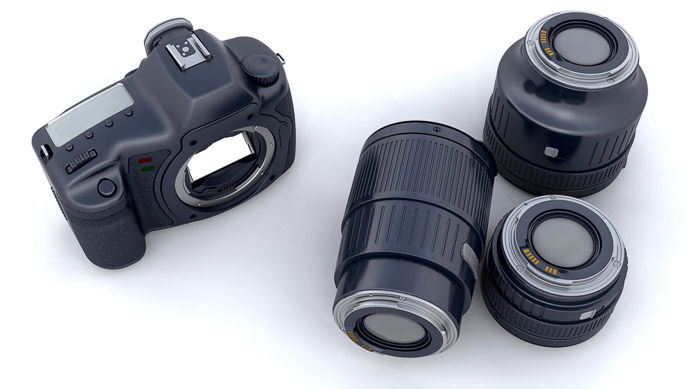
In general, a smaller sensor size means a smaller camera body. There are some exceptions, like the large Olympus OM-D E-M1X that has a Micro Four Thirds sensor. But most of the time, smaller sensor cameras weigh less and are more compact.
If you want a good travel camera, a smaller sensor camera may be easier to pack. The growth of mirrorless camera changes this some.
It’s now easier to find a compact camera with a full frame sensor than ever before. But most Micro Four Thirds and APS-C mirrorless cameras are still more compact.
And smaller sensor sizes mean you get a crop factor. So you can get more effective magnification from any given lens. For example, a 150mm lens on a Micro Four Thirds system is effectively a 300mm lens.
This effect is most pronounced with the big telephoto lenses. Wide-angle lenses won’t be affected as much.

One of the biggest reasons to skip the full frame sensor is the cost. Most full frame cameras are professional-level gear. There are some entry-level full frame cameras. But most full frame camera will set you back a pretty penny.
Photographers on a budget can get most of the same perks by choosing a mid-sized sensor. Sure, an APS-C sensor isn’t quite as good as a full frame sensor. But it is way ahead of smartphones and compact cameras.
Some smaller sensor cameras are able to pack in more high-end features without getting too expensive.
Camera sensor size is the biggest indicator of image quality. It’s also important to note that it’s not the only quality indicator.
A backlit sensor is also better than a non-backlit sensor of the same size. The camera’s processor handling those images also play a role in image quality. Newer processors tend to produce less grain on the image than older processors.
So what sensor size is right for you?
If you want maximum background blur and the best low-light performance, choose a full frame camera. If you want great photos on a budget, try an APS-C camera. And if you want a travel-friendly interchangeable lens camera or need some serious zoom power, consider a Micro Four Thirds sensor.

